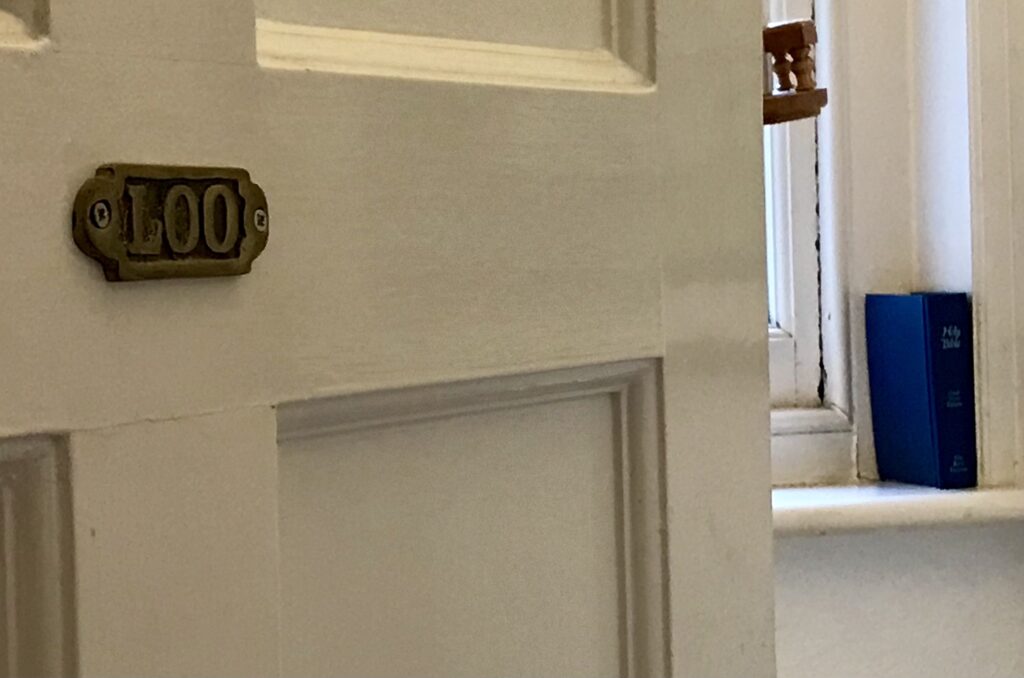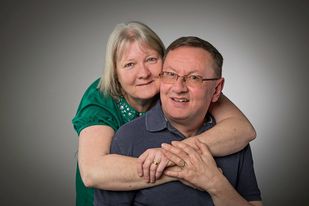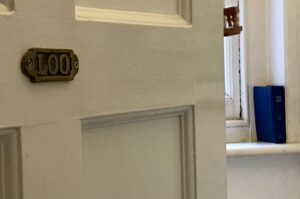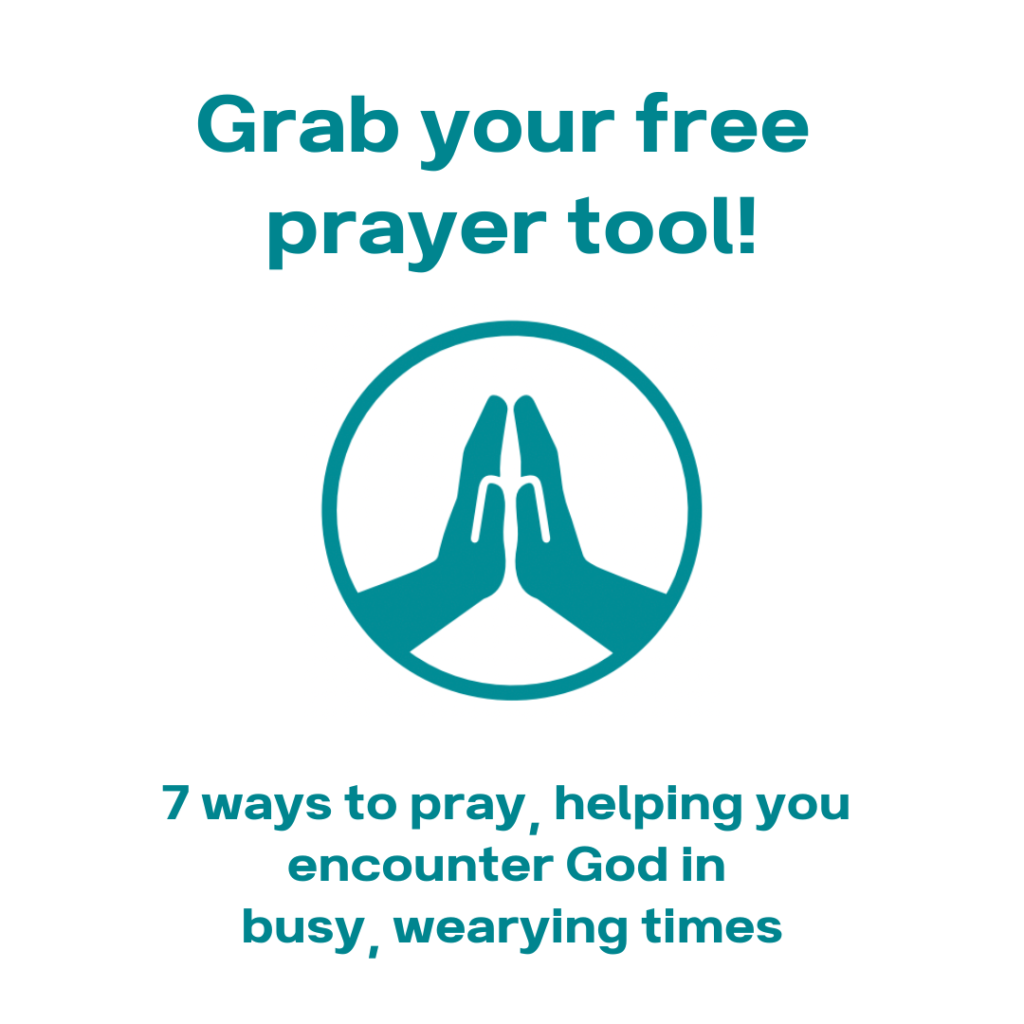“You read the Bible where?” by Dave Faulkner: 7 Ways to Pray blog series

Where should we pray? And when? How can we keep our relationship with God fresh? Join Dave Faulkner for some thought-provoking ideas about where to read the Bible (and the photo is the downstairs loo in the vicarage so he’s not alone!).

“Well, I’ve never seen a Bible in the bathroom before.”
So said my colleague Jackie, returning from a comfort break during a staff meeting at our manse.
“Books yes, magazines yes, but a Bible? How holy are you?” she continued.
Would that I were. The explanation is more prosaic.
When our children were small, the only place I could grab peace and quiet for my daily Bible reading and prayer was when I visited that small room. Not only was a Bible there, so were my daily Bible reading notes from Scripture Union and my collection of prayer letters and prayer diaries from friends and Christian organisations. Those small children were now teenagers, but I still filed the Bible in that room.
I must admit that after Jackie’s observation I moved it to my study.
But it highlighted a prayer routine that had become stagnant, and I knew it. Read the assigned Bible passage, try to consider my own reactions, then read the notes. After that, go through the prayer requests.
This practice had its virtues. Prayer diaries from Tearfund, Christian Solidarity Worldwide and others alerted me to worldwide needs I would otherwise have missed. Some of them have made it into church intercessions on Sundays as well.
But for someone in the evangelical tradition, which loudly proclaims that Christianity is a relationship, not a ritual, it felt awfully like the latter.
So what has modelled a more relational approach to prayer for me? There lies the irony: I have found that practices which originated in more liturgical spiritualities such as Catholicism to be doorways into a more conversational approach to God. Even a loose approach to Lectio Divina helps me talk with God about what he is saying through the Scriptures. The Examen can do something similar as I reflect on my day.
For several years, the best introduction I have known to these prayer disciplines has been Ruth Haley Barton’s book and DVD Sacred Rhythms. When I was asked at a church meeting to provide teaching on prayer, that was the course I laid on. Sadly, the person who requested the teaching never attended the course: isn’t that always the way?
But now I can put Amy’s book 7 Ways To Pray alongside Ruth Haley Barton. What I love about the book is that Amy gives a brief, simple introduction to the different prayer habits, and that’s enough to get you going. If you want more details, you can find other books. This gives her the space in each chapter for the worked examples of a particular prayer model in action. Amy puts flesh on the bones, and the form becomes more visible in the mind of the reader.
None of this magically makes prayer simple. I still need to wrestle myself away from the screen, keyboard, and mouse that dominate my workspace. The Covid lockdown has made it even harder with a wife working from home and children studying at home, so the quiet spaces are more elusive. Maybe that’s good. My wife and I have to be very intentional to spend time together. Perhaps it isn’t surprising that it should be the same if I am to have a conversation with God.
Although if push comes to shove, there is one small room I could utilise …

Dave Faulkner is a Methodist minister and amateur photographer. He is married to Debbie and they have three children – a teenage girl, a teenage boy, and a cocker spaniel. Visit him at bigcircumstance.com or flickr.com/photos/davefaulkner
I’m in good company, Dave; I have such a high regard for Ruth Haley Barton!
Order 7 Ways to Pray here, including in the US, UK, and Australia. You’ll find lots of resources for small groups – videos and a leader’s guide – here.








 Hello!
Hello! 